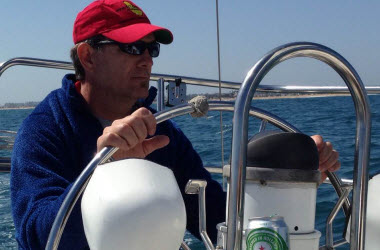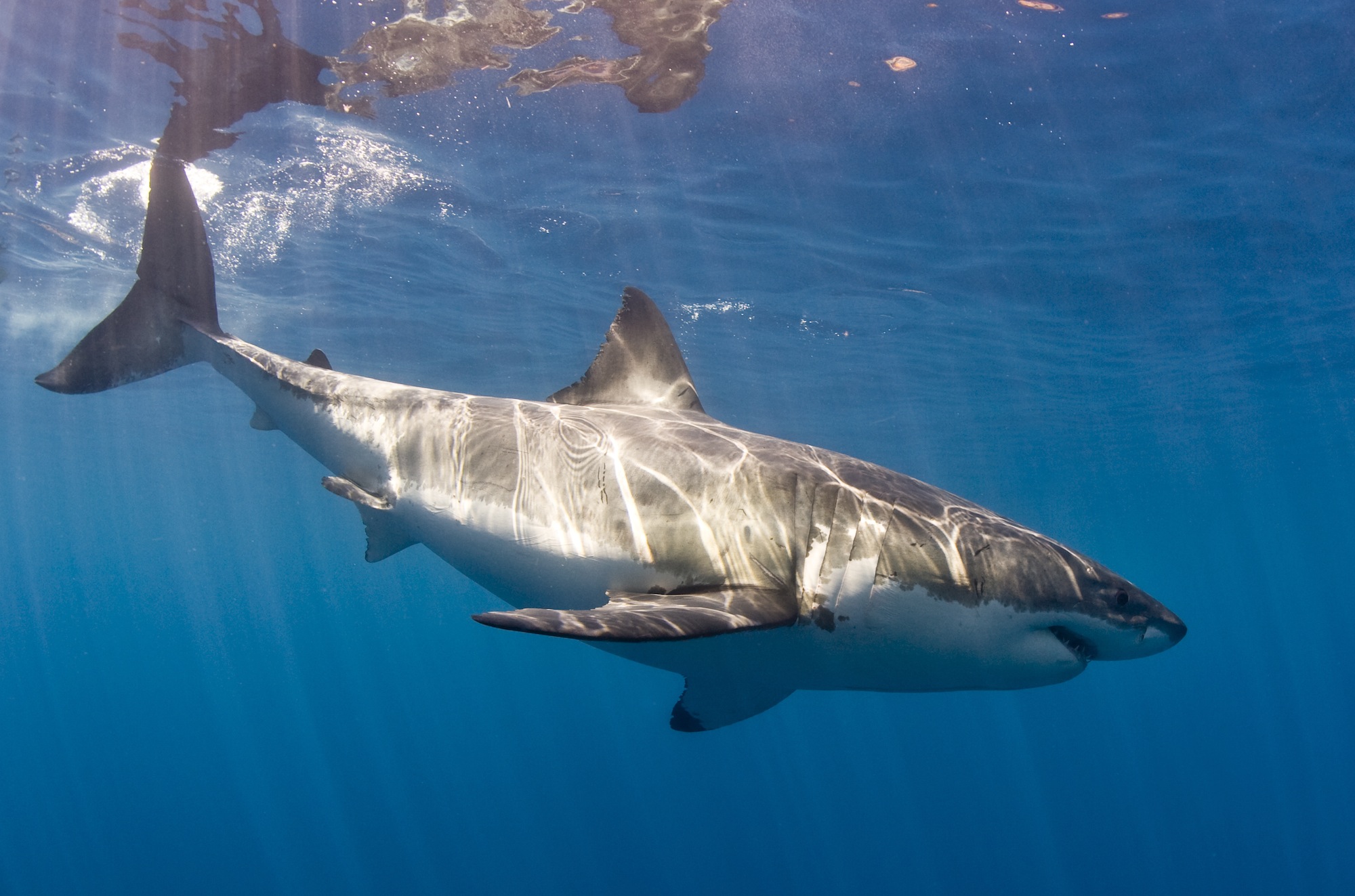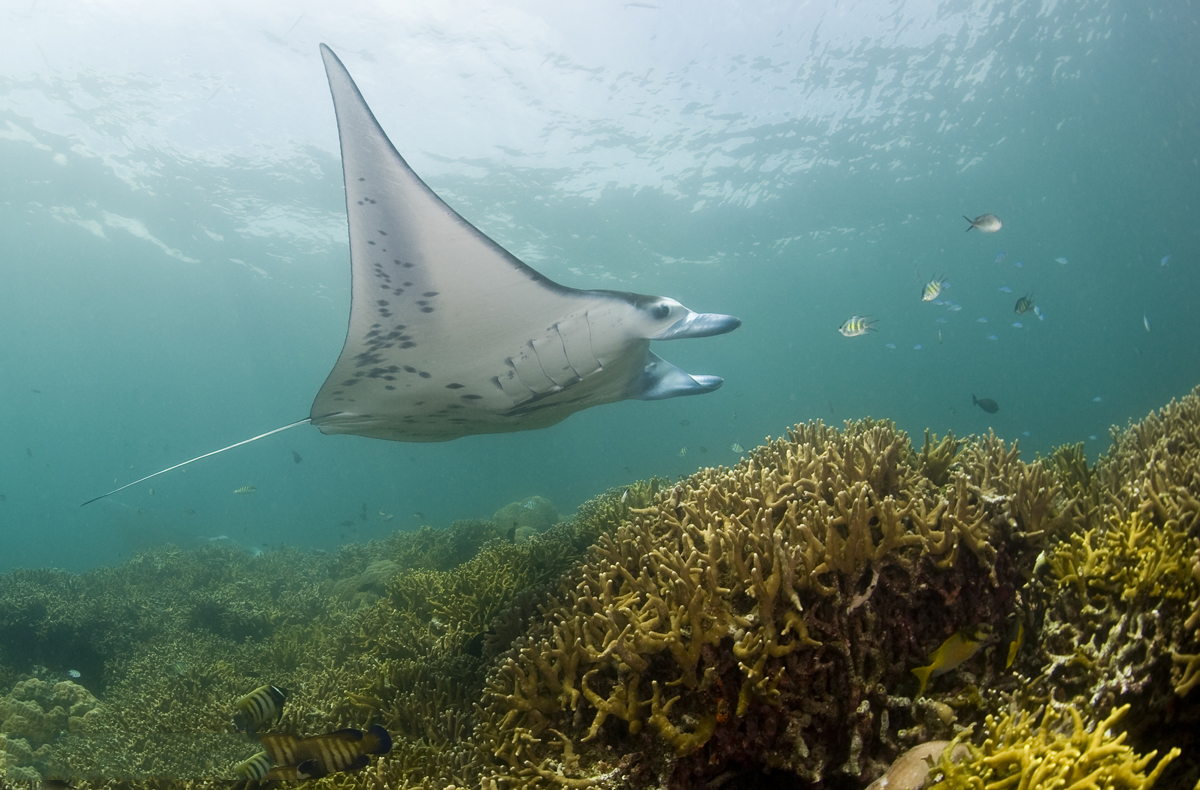October 18, 2016
On a hot day in the summer of 1975 I slipped into a dark movie theater with my brother and saw the movie Jaws. When I walked out, my life would never be the same. I was terrified of sharks and was convinced they were under my bed, the kitchen table and definitely coming out of the drain of the swimming pool. I made the swim team that year because little did anyone know I was swimming for my life! My fears were real and I tried to overcome my anxieties by reading my parents animal encyclopedia. The more I read, the more I began to understand that sharks were not monsters, but rather fascinating animals with a long history on our planet. My fear was replaced with fascination and a realization that people really didn’t really know all that much about sharks.
I was terrified of sharks and was convinced they were under my bed, the kitchen table and definitely coming out of the drain of the swimming pool. I made the swim team that year because little did anyone know I was swimming for my life! My fears were real and I tried to overcome my anxieties by reading my parents animal encyclopedia. The more I read, the more I began to understand that sharks were not monsters, but rather fascinating animals with a long history on our planet. My fear was replaced with fascination and a realization that people really didn’t really know all that much about sharks.
As a young adult I entered the business world and was very successful. But my passion for sharks didn’t leave me and my office was adorned with photos and shark calendars. This was always a great entrée for conversation. But the business world was not for me and a few years later, after moving to Florida, my path became more defined. I became a scuba instructor and got to introduce divers to the wonders of the ocean, including sharks. For years I spent time underwater observing sharks, learning their movements, behaviors and body language. It was a fantastic time in my life and it lead me to Florida International University in Miami, where I studied biology and sharks. During my Ph.D. I travelled to Brazil, Australia and Hawaii to conduct field research asking questions about shark senses. How do they find each other? How well do they see? How sensitive is their electrosensory system? I focused on hammerhead sharks because they are threatened by overfishing and listed as an endangered species. I believe strongly that our research and findings need to support sound science and conservation initiatives.
 Today I am the executive director of Ocean First Institute and I work to bridge the gap between meaningful research and public engagement. All I’ve ever wanted to do was share the truth about sharks and their incredible story. Next week I will have my chance to share a very special story about great white sharks. I will be travelling to Isla Guadalupe, Mexico, to dive with white sharks inside of a cage 30 feet below the surface. I will be wearing a special mask that will allow me to narrate the entire experience and share some of the research I will be conducting. One of my goals is to use laser lights to measure the length of the sharks while underwater. I have several students helping me build this device that will help me take the measurements. Immediately after the dives, I will be broadcasting LIVE from the shark lab at Cal State Long Beach alongside my colleague, Dr. Chris Lowe. He uses drones and underwater robot technology to unlock the secrets of the California white shark population. His research has shown us that white sharks in this region are increasing.
Today I am the executive director of Ocean First Institute and I work to bridge the gap between meaningful research and public engagement. All I’ve ever wanted to do was share the truth about sharks and their incredible story. Next week I will have my chance to share a very special story about great white sharks. I will be travelling to Isla Guadalupe, Mexico, to dive with white sharks inside of a cage 30 feet below the surface. I will be wearing a special mask that will allow me to narrate the entire experience and share some of the research I will be conducting. One of my goals is to use laser lights to measure the length of the sharks while underwater. I have several students helping me build this device that will help me take the measurements. Immediately after the dives, I will be broadcasting LIVE from the shark lab at Cal State Long Beach alongside my colleague, Dr. Chris Lowe. He uses drones and underwater robot technology to unlock the secrets of the California white shark population. His research has shown us that white sharks in this region are increasing.
So, please accompany me on my journey and learn more about sharks. I will be broadcasting live on Monday, October 24th at 10:30 am MST. For more information and to join the LIVE webinar click here.



